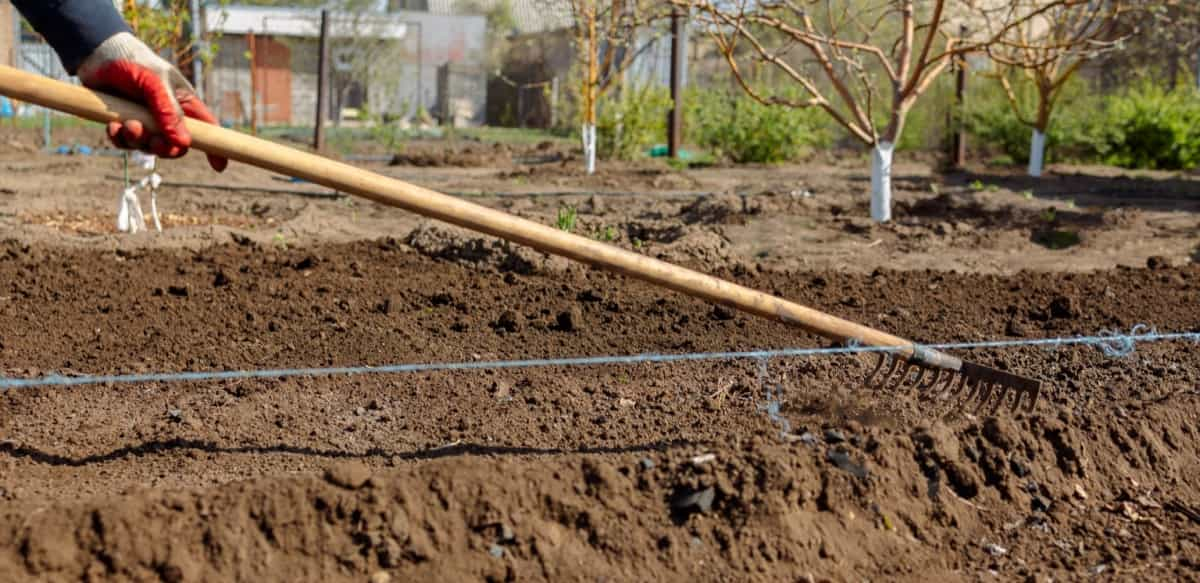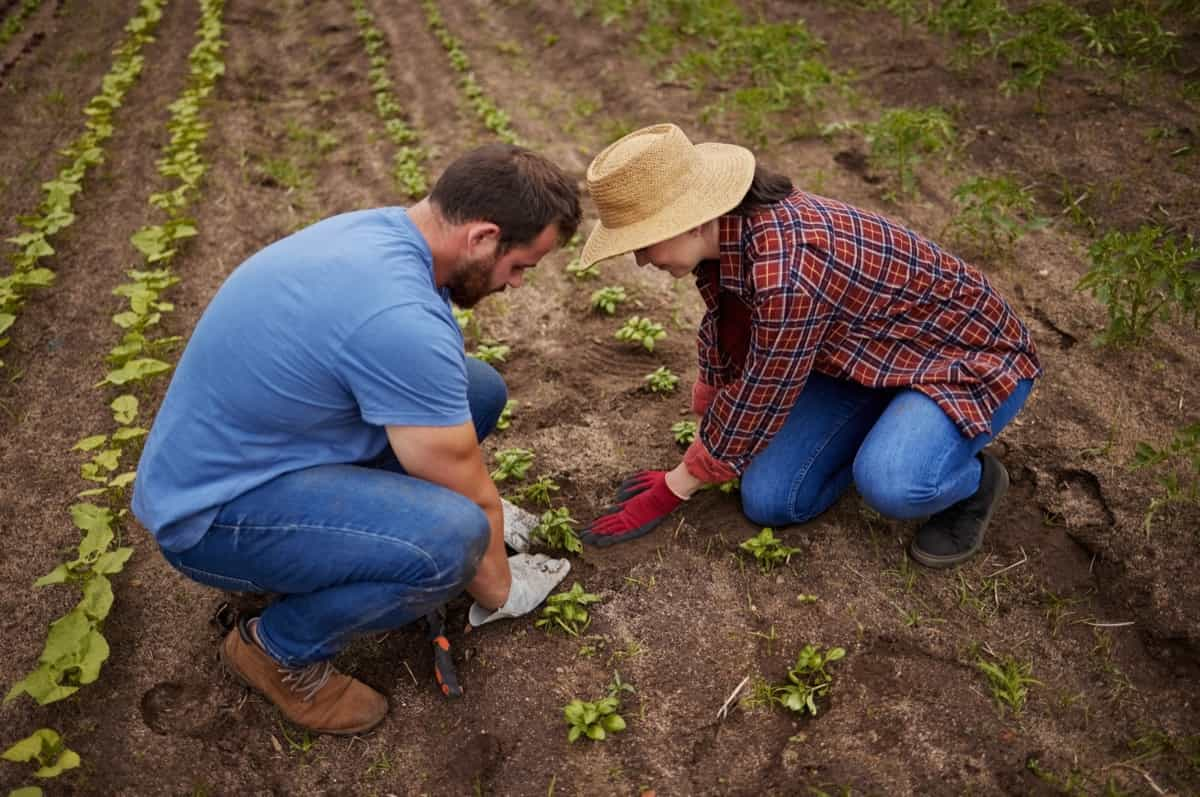When should you plant vegetables in North Carolina? That’s a question many gardeners ask, especially those new to the state’s diverse climate. Depending on the location, North Carolina offers a generous growing season, ranging from 130 to 200 days. Can you grow vegetables year-round in North Carolina? Well, the answer is yes and no.

While it’s feasible in some areas and for certain crops, understanding North Carolina’s climate zones is crucial. In this guide, we’ll cover everything you need to know, from the vegetable planting calendar for North Carolina to the NC planting guide for both coastal and western regions.
When to Plant Vegetables in North Carolina
Understanding North Carolina’s Climate Zones
North Carolina has a variety of climate zones, ranging from the warm Coastal Plains to the cooler Piedmont and the Mountain regions. These zones impact the growing season’s length and the types of vegetables you can grow. For example, the coastal NC planting guide may suggest different planting times than the western NC planting guide due to varying temperatures and precipitation levels. Understanding your local climate zone is crucial to maximize your vegetable yield.
Factors Affecting Vegetable Planting Dates in North Carolina
Several factors can affect when to plant vegetables in North Carolina, such as soil temperature, frost dates, and day length. Soil temperature is vital for seed germination, and each vegetable has its preference. Frost dates vary between the coastal and western regions, which affects when you should plant delicate crops like tomatoes or peppers. Day length, too, influences plant growth; some vegetables prefer long days, while others thrive on shorter days. Understanding these factors will help you align your planting schedule for success.
Planting Vegetables in Coastal North Carolina
The Coastal Plains have a long growing season, usually from late February to early November. This allows for a wide range of vegetables to be grown. According to the Coastal NC planting guide, early spring is suitable for leafy greens like spinach and lettuce, while summer is perfect for heat-loving plants like tomatoes and cucumbers. The fall offers another opportunity for leafy greens and root vegetables. You may grow vegetables year-round in some coastal areas, such as kale or collard greens.
Optimal Vegetable Planting Times for Inland North Carolina
In contrast, the inland regions, including the Piedmont and Mountain zones, have a shorter growing season. The Western NC planting guide often suggests starting seeds indoors to get a jump on the season. Early spring is ideal for cold-tolerant vegetables like peas and radishes, while late spring and early summer are better for warm-season crops like corn and zucchini. Fall planting is also possible, but choices may be limited to frost-tolerant species like Brussels sprouts and turnips.
In case you missed it: When to Plant Vegetables in South Carolina: Growing Calendar for Coastal and Inland Regions

Vegetable Planting Schedule for North Carolina
Having a vegetable planting calendar for North Carolina can be a handy tool. Typically, it will indicate the best planting dates for various vegetables based on historical weather data and growing seasons. The NC planting guide for coastal regions might suggest starting tomatoes in early April, while the western NC planting guide might recommend late April to early May. It’s also good to note that some crops, like lettuce and carrots, can have multiple planting dates for extended harvesting.
Recommended Vegetables for Early Spring Planting in North Carolina
Early spring in North Carolina is great for planting vegetables that can tolerate some cold. These include spinach, lettuce, peas, and radishes. The coastal NC planting guide would recommend these as ideal choices for those in coastal areas to start their vegetable garden. Even in the western regions, these vegetables can be successfully grown if started indoors or planted in a sunny, protected area.
Late Spring and Early Summer Vegetable Planting Guide for North Carolina
It’s time to focus on heat-loving vegetables as the weather warms up. Tomatoes, peppers, corn, and cucumbers are good choices for late spring and early summer planting. The length of your growing season, whether you’re following the coastal NC planting guide or the western NC planting guide, will influence how soon you can plant these vegetables in the summer. Always check your local conditions and adjust your planting times for the best results.
Fall Vegetable Planting Tips for Coastal North Carolina
As the hot summer starts to cool, fall brings a perfect opportunity to plant various vegetables in Coastal North Carolina. According to the Coastal NC planting guide, root vegetables like carrots and beets do exceptionally well in the milder fall temperatures. You can also plant leafy greens like kale, spinach, and Swiss chard now and they’ll grow well.
For those interested in cruciferous vegetables, you can’t go wrong with broccoli, cauliflower, and Brussels sprouts. The benefit of the longer growing season in coastal regions is that some of these vegetables can be sown as late as October and still produce a decent harvest. Keep an eye on soil temperature and daylight hours, as shorter days may slow down the growth rate of some plants.
Ideal Fall Planting Dates for Inland North Carolina
Fall planting requires more planning due to the shorter growing season for those residing in inland areas like the Piedmont and Mountain zones. The Western NC planting guide suggests getting fall crops into the ground by late August to early September. This time frame allows for a good harvest before the first frost hits. Root vegetables and leafy greens like collard and mustard greens are good for fall planting in these regions. Cruciferous vegetables like cabbage and turnips can also do well but require protection like row covers as the temperatures dip.
When to Plant and What Vegetables to Grow in North Carolina in Winter
Though the idea of winter gardening might seem far-fetched to some, it’s possible to grow certain vegetables during the colder months in North Carolina. Winter-hardy vegetables like kale, collard greens, and certain root crops like radishes can survive even when the temperatures drop significantly.
In case you missed it: 15 Best Christmas Tree Farms in North Carolina (NC): For Central, Southern, and Northern Regions

For coastal regions, the coastal NC planting guide suggests planting these in early December for a late winter or early spring harvest. In inland regions, these crops should be planted earlier, typically in late October or early November. They will likely require protective measures like row covers or cold frames to withstand frost and snow.
Vegetable Planting Schedule/Calendar Table for North Carolina
| Vegetable | Coastal – Early Spring | Inland – Early Spring | Coastal – Fall | Inland – Fall |
| Spinach | Late February | Early March | Late August | Late August |
| Lettuce | Late February | Early March | Late August | Late August |
| Tomatoes | Early April | Late April | N/A | N/A |
| Peppers | Early April | Late April | N/A | N/A |
| Carrots | Late February | Early March | Early September | Late August |
| Radishes | Late February | Early March | Early September | Late August |
| Broccoli | Late February | Early March | Early September | Late August |
| Cauliflower | Late February | Early March | Early September | Late August |
| Cucumbers | Early April | Late April | N/A | N/A |
| Corn | Early April | Late April | N/A | N/A |
| Zucchini | Early April | Late April | N/A | N/A |
| Peas | Late February | Early March | Late August | Late August |
| Beets | Late February | Early March | Early September | Late August |
| Swiss Chard | Late February | Early March | Late August | Late August |
| Turnips | Late February | Early March | Early September | Late August |
| Kale | Late February | Early March | Late August | Late August |
| Collard Greens | Late February | Early March | Late August | Late August |
In case you missed it: Easy and Best Vegetables to Grow in North Carolina: Planting Guide for Winter, Summer, and Spring

Conclusion
Whether you’re a seasoned gardener or new to the hobby, understanding when to plant vegetables in North Carolina can lead to a rewarding experience.
- Feed Your Flock for Less: Top 10 Tips to Save on Chicken Feed
- Ultimate Guide to Ossabaw Island Hog: Breeding, Raising, Diet, and Care
- Hatching Answers: The Top 10 Reasons Your Chickens Aren’t Laying Eggs
- Eggs and Economics: Breaking Down the Cost of Raising Backyard Chickens
- Defend Your Greens: Proven Methods to Keep Iguanas Out of Your Garden
- Ultimate Guide to Cinnamon Queen Chicken: A Comprehensive Guide for Beginners
- Ultimate Guide to California Tan Chicken: Breeding, Raising, Diet, Egg-Production and Care
- Ultimate Guide to Marsh Daisy Chicken: Breeding, Raising, Diet, and Care
- 10 Types of Chicken Farming Businesses You Can Start for Profits